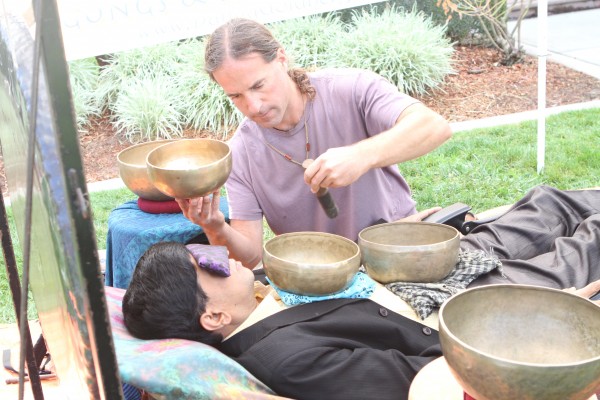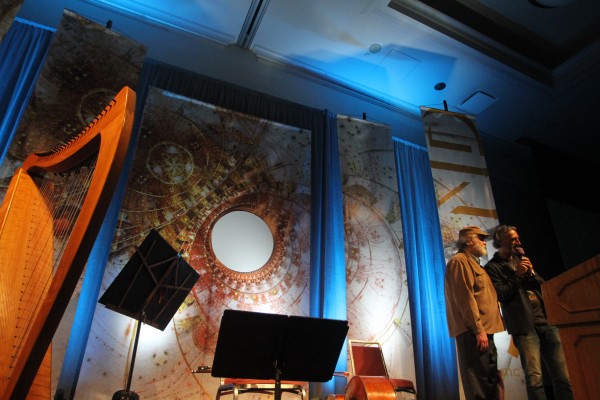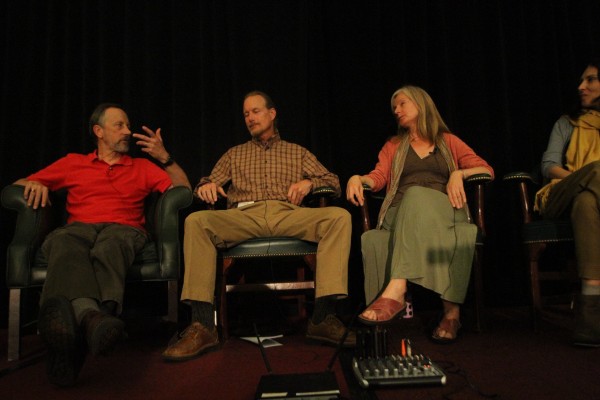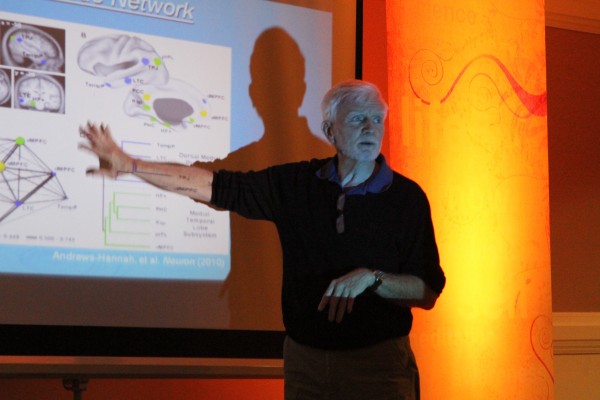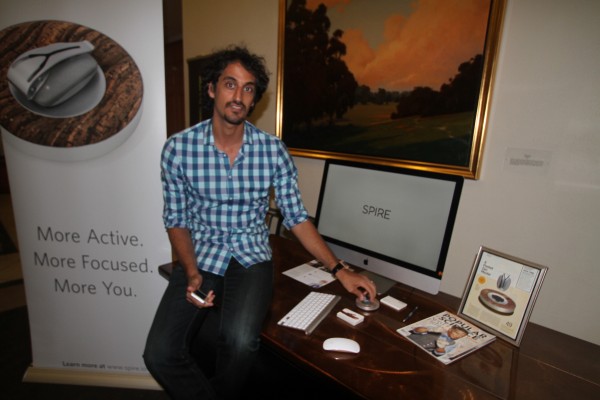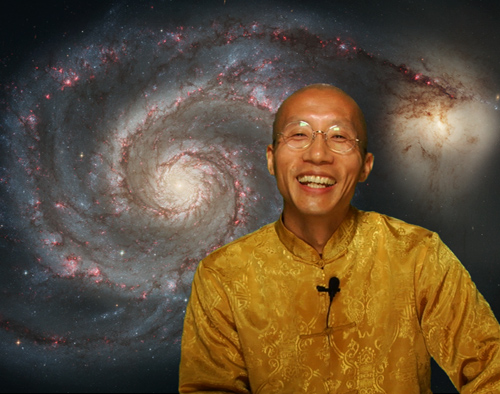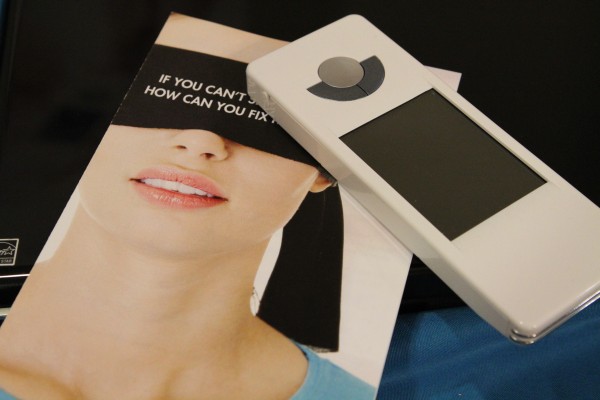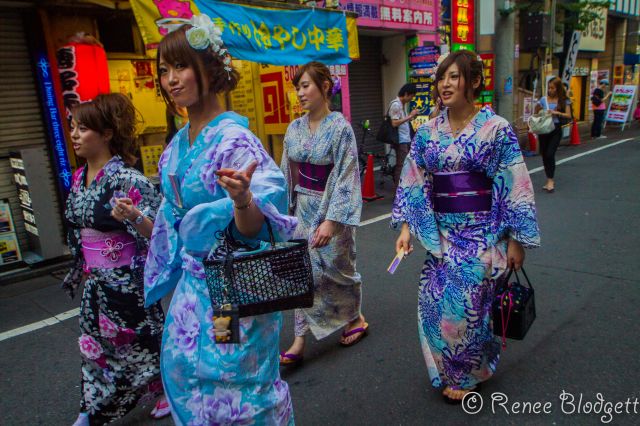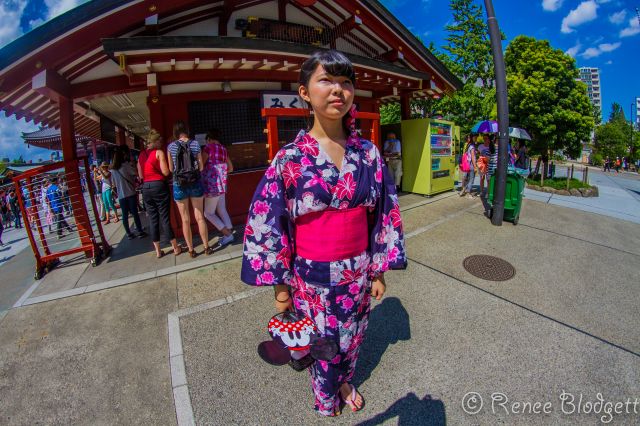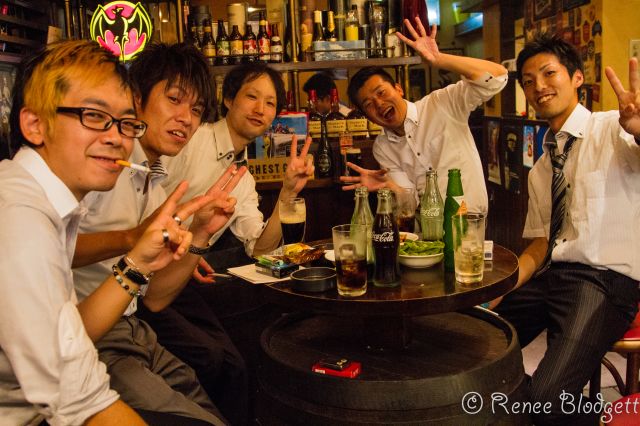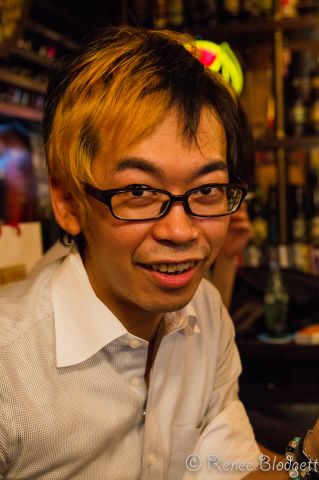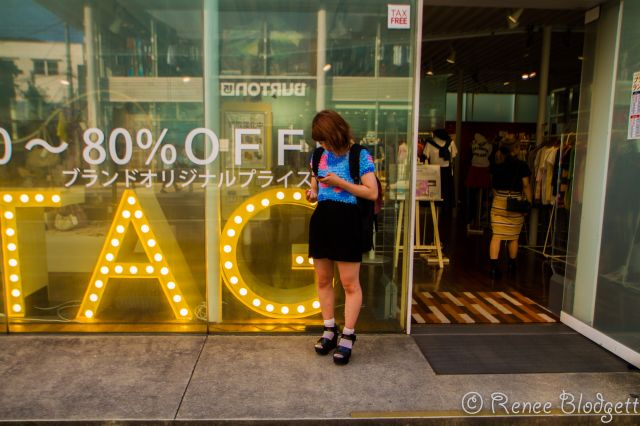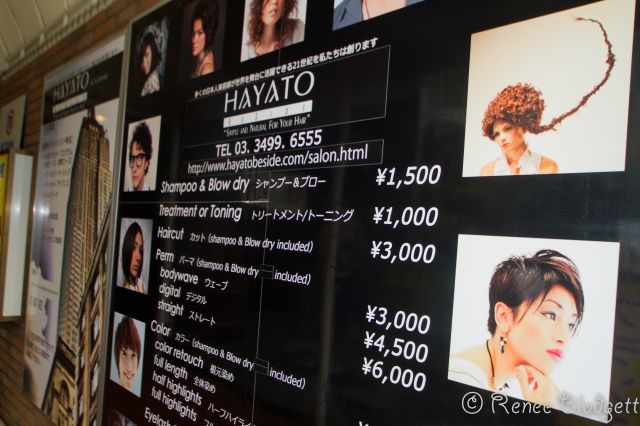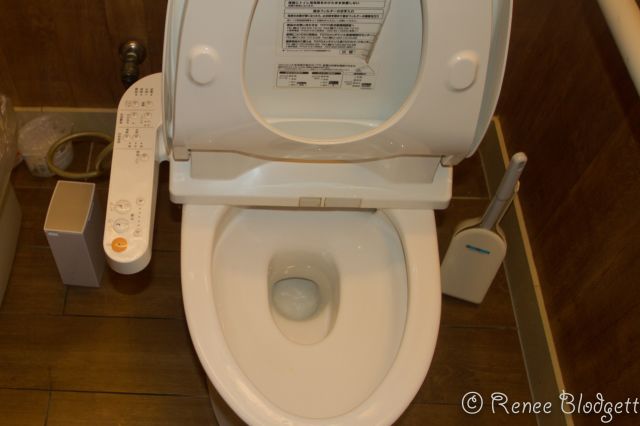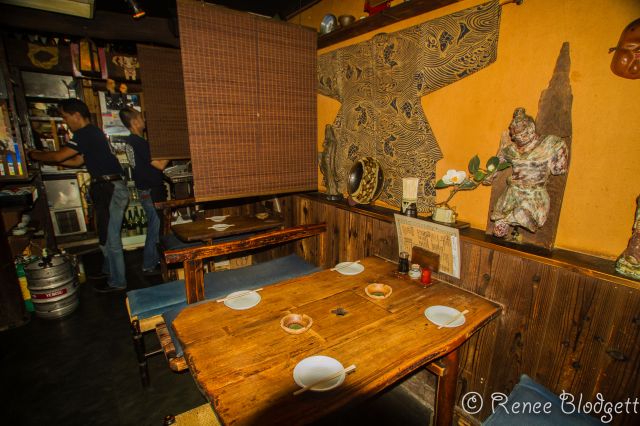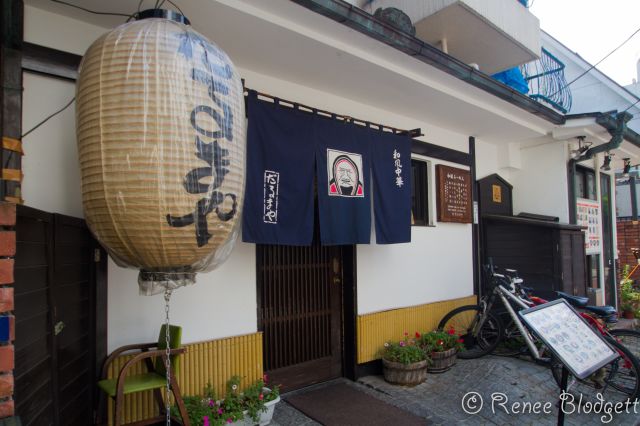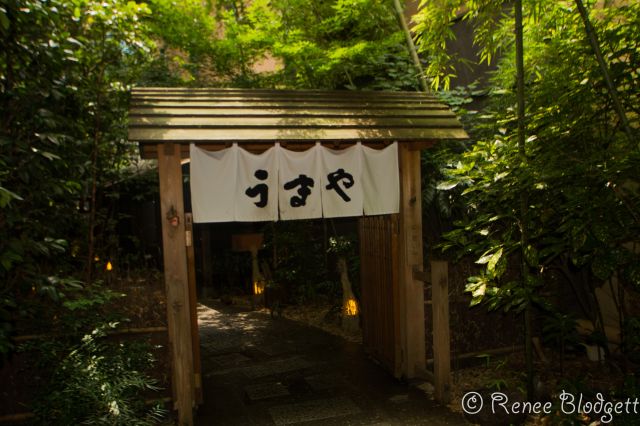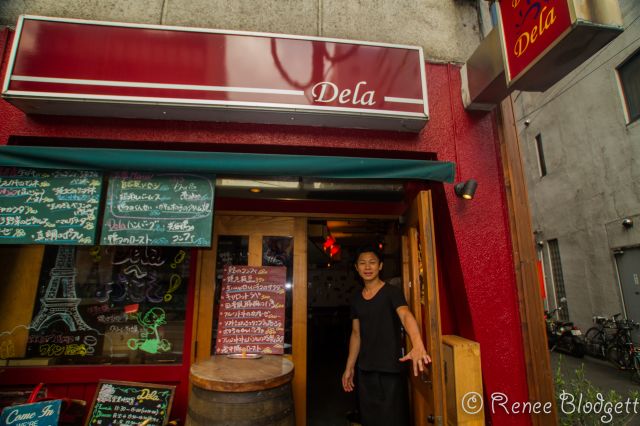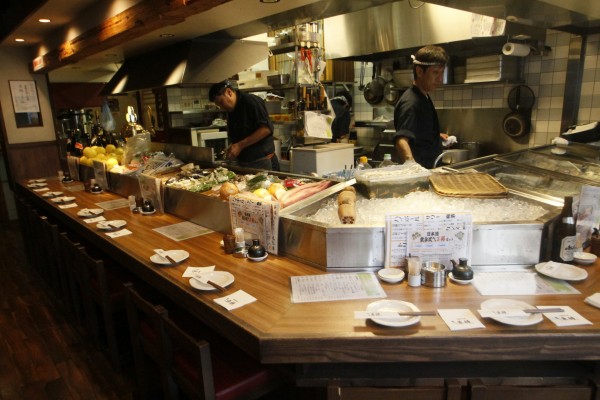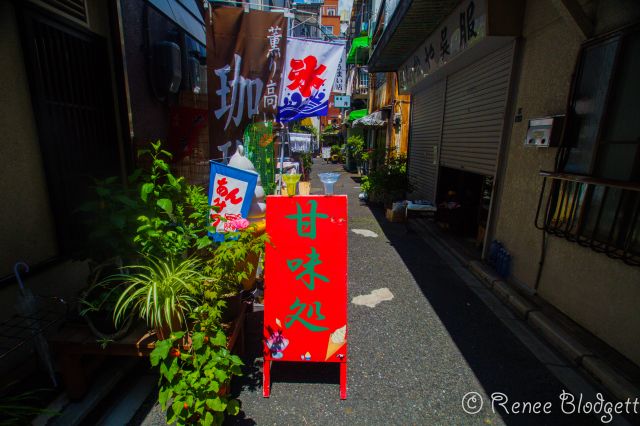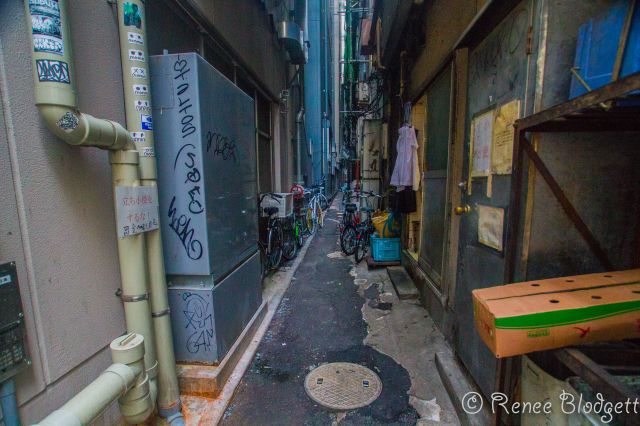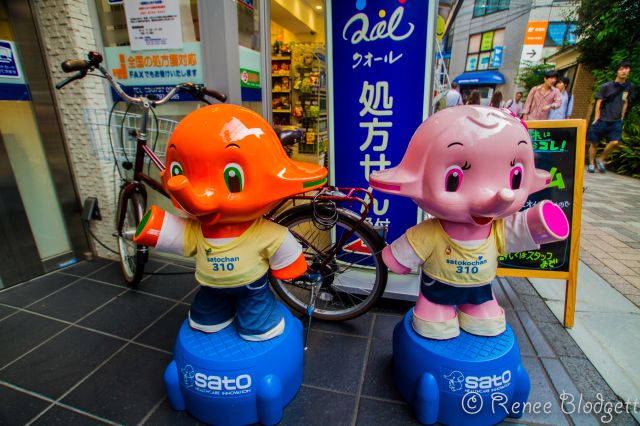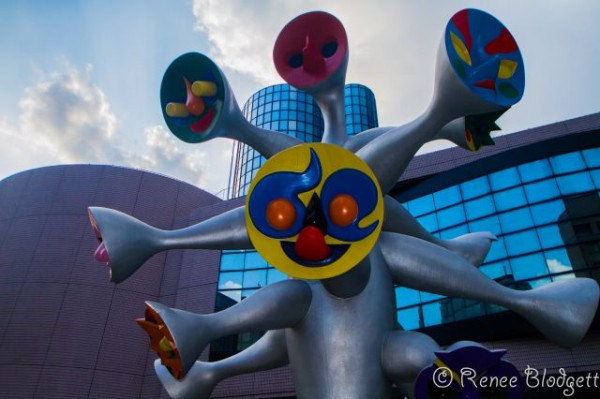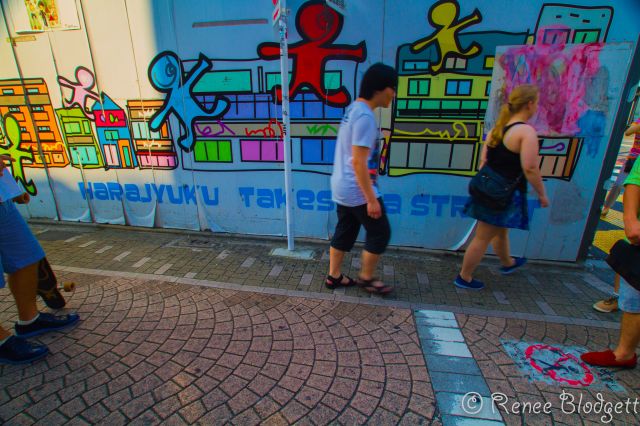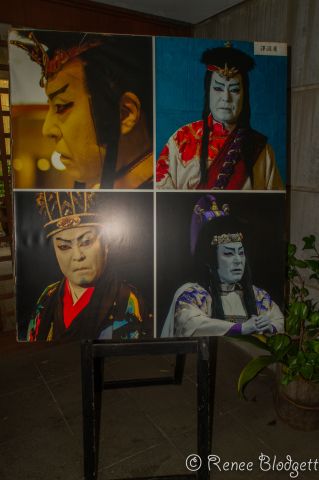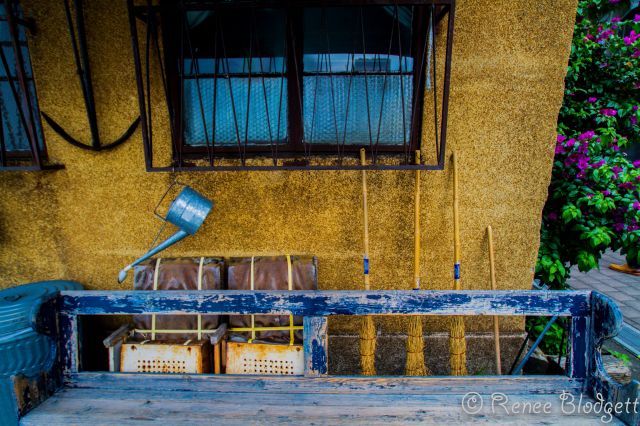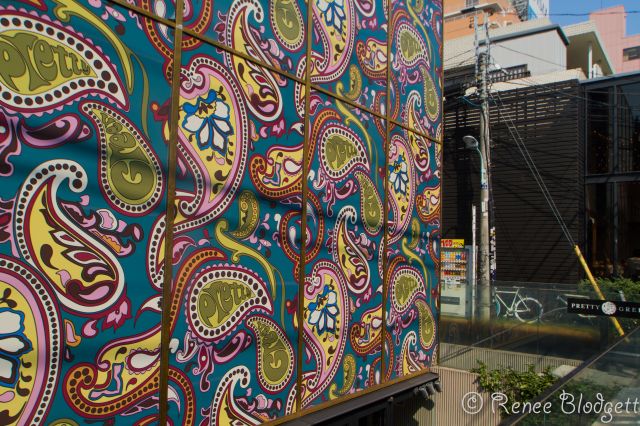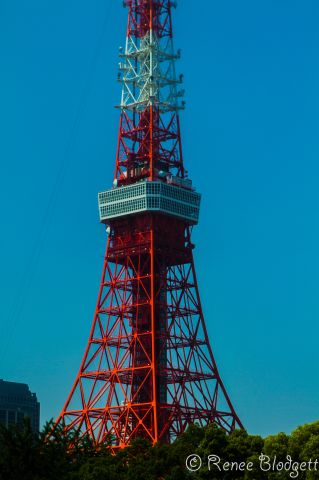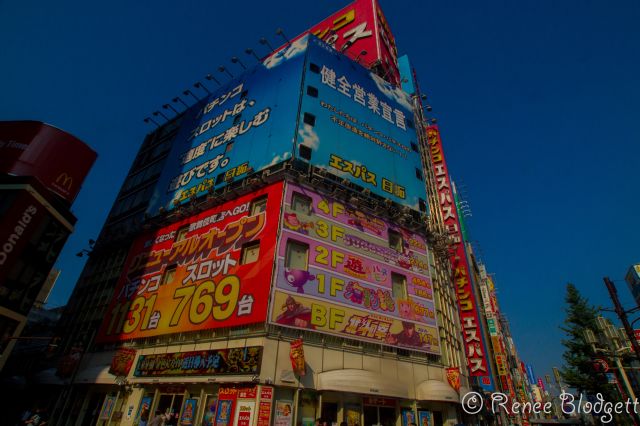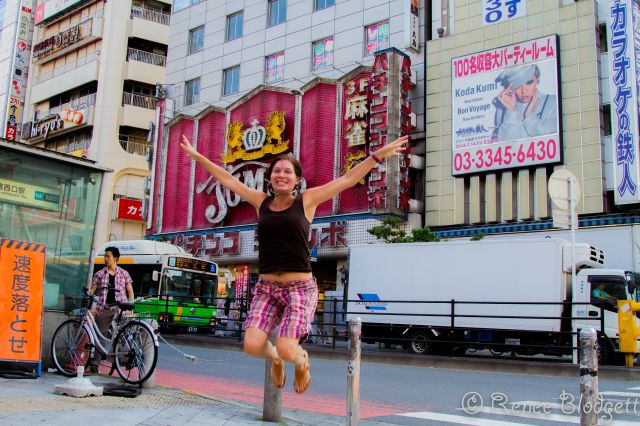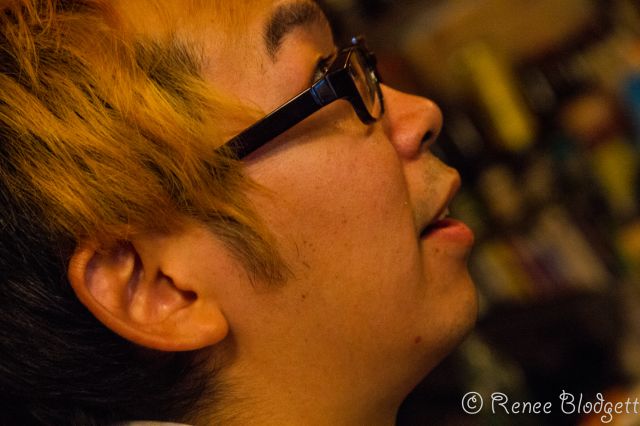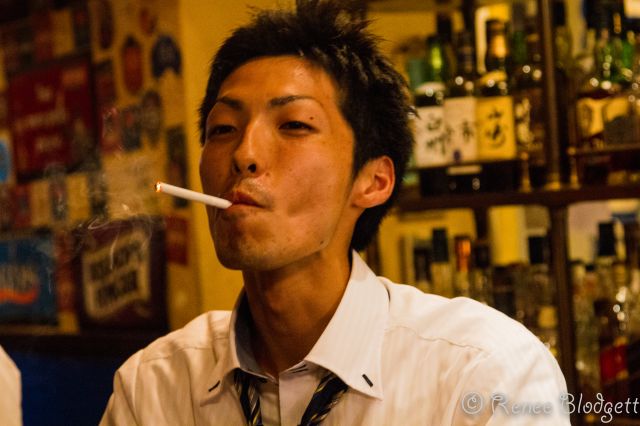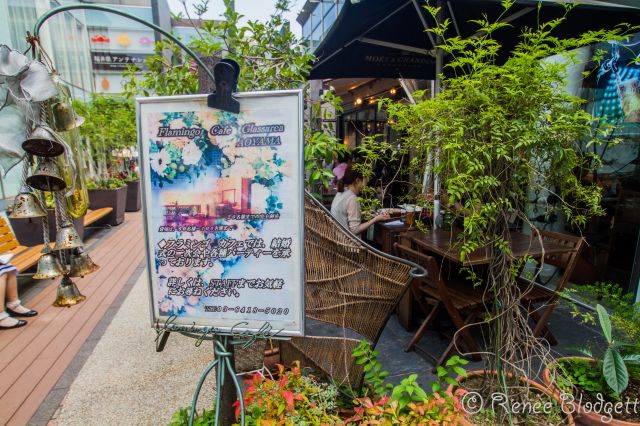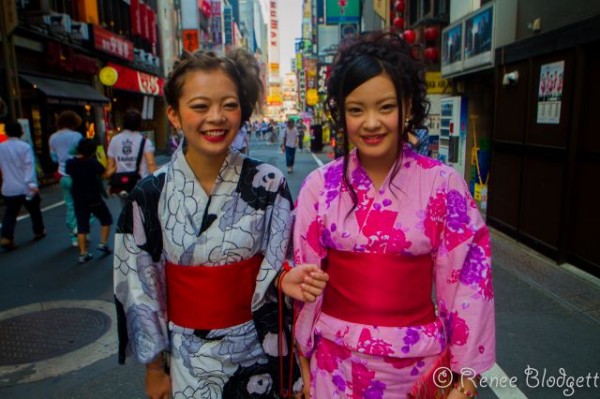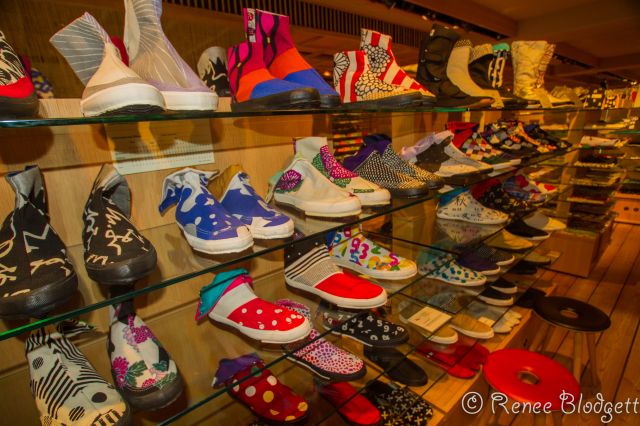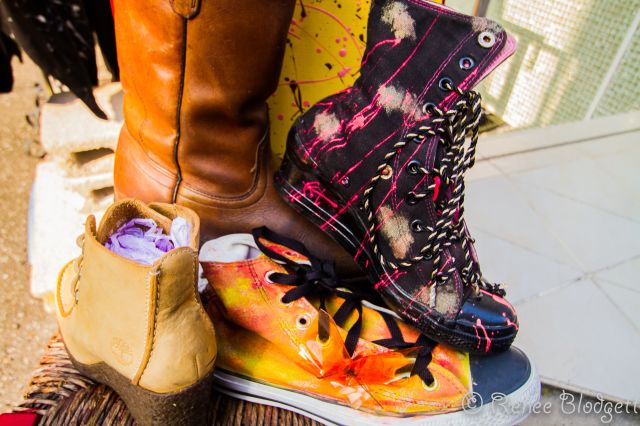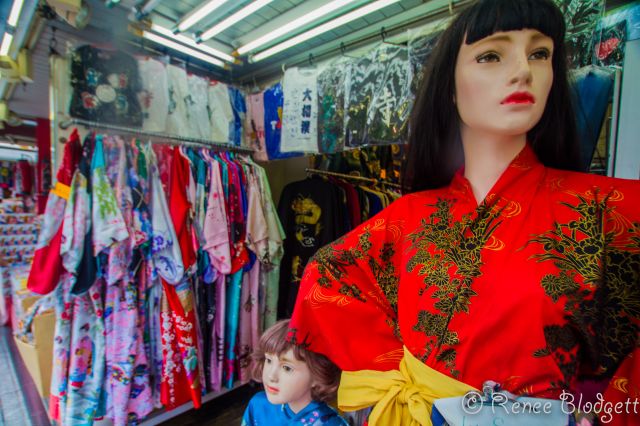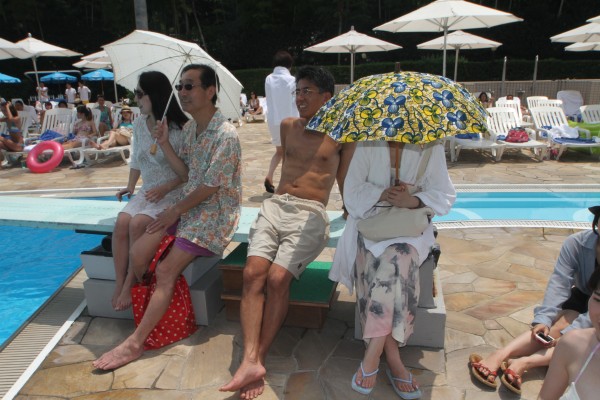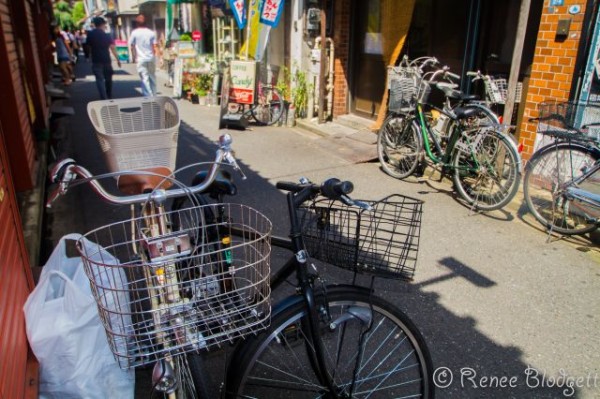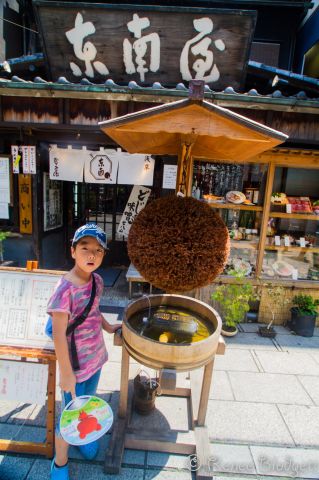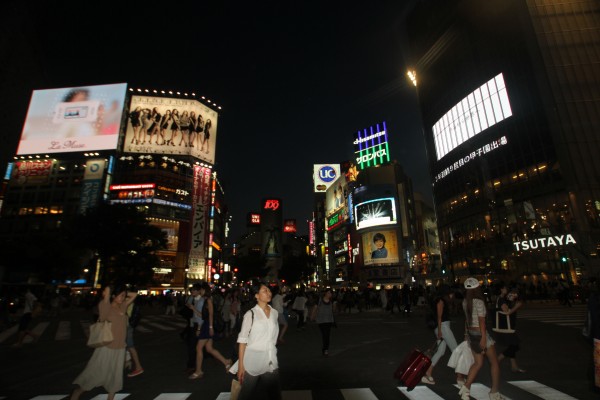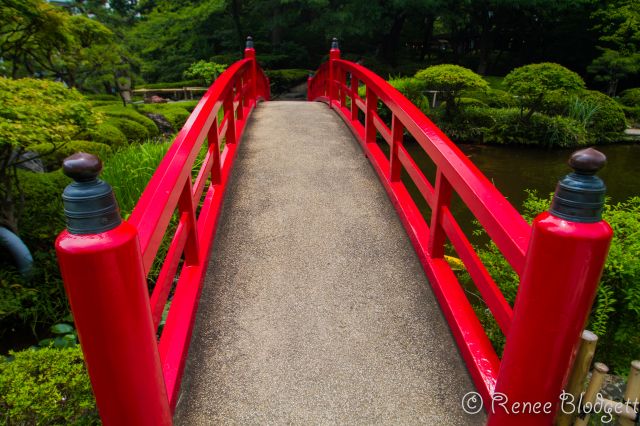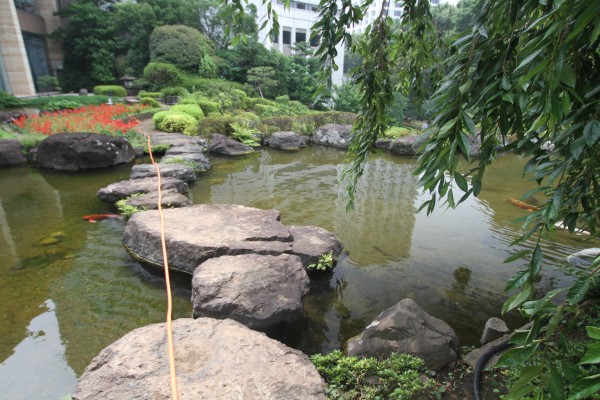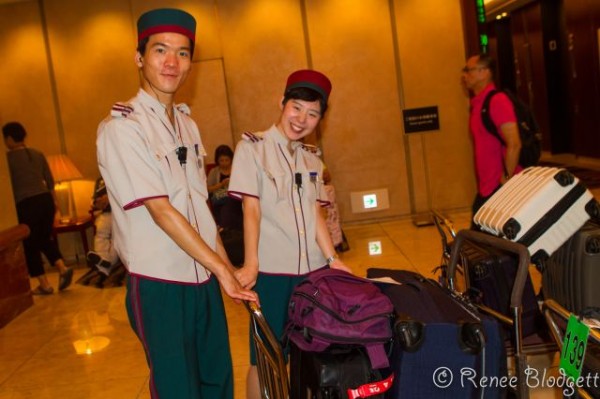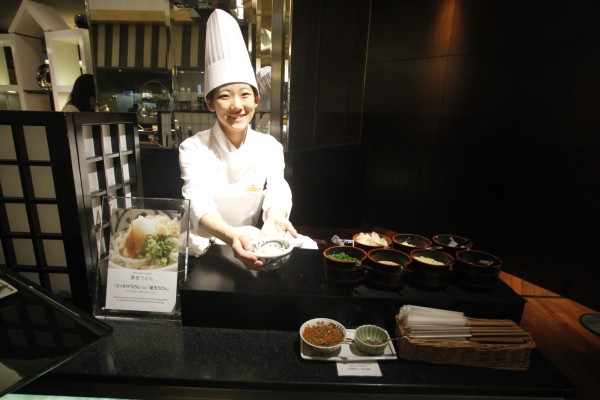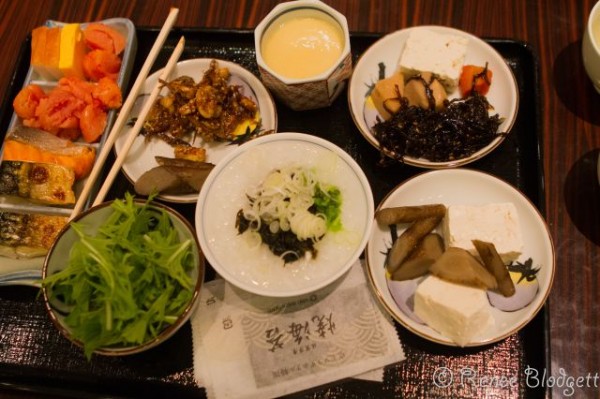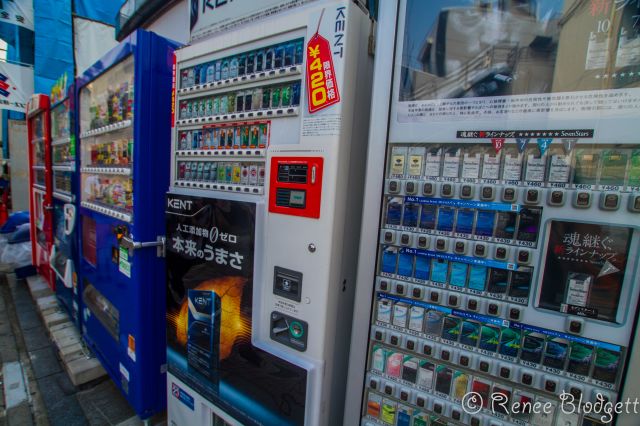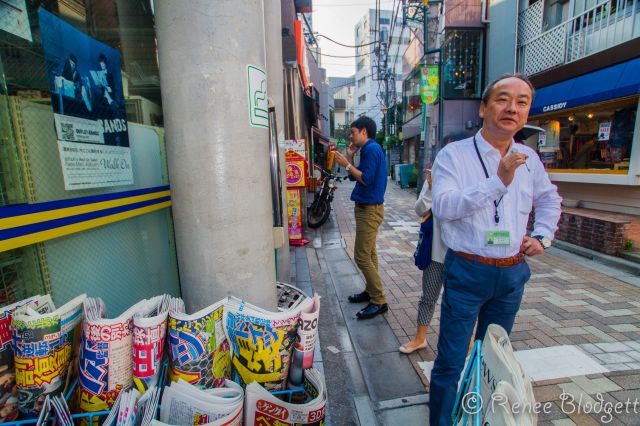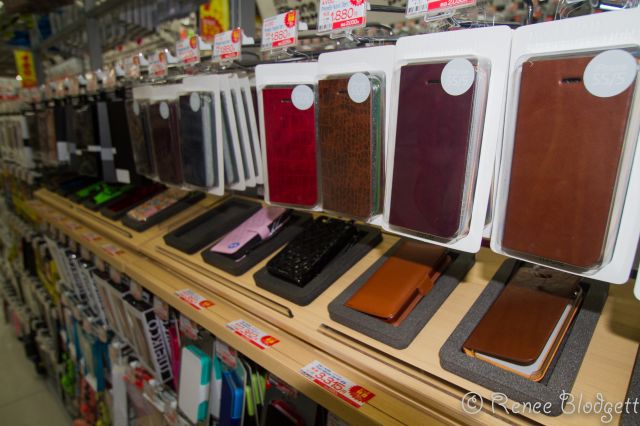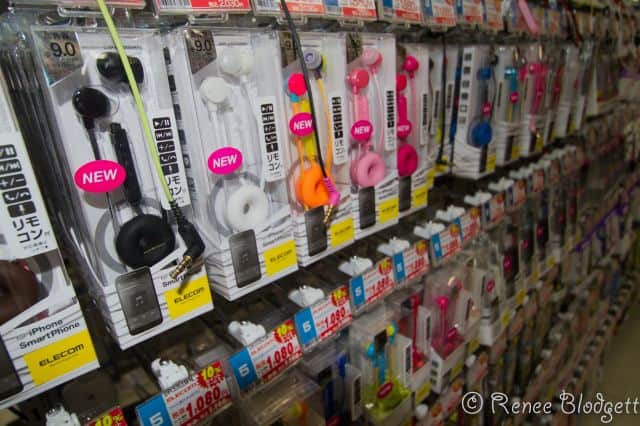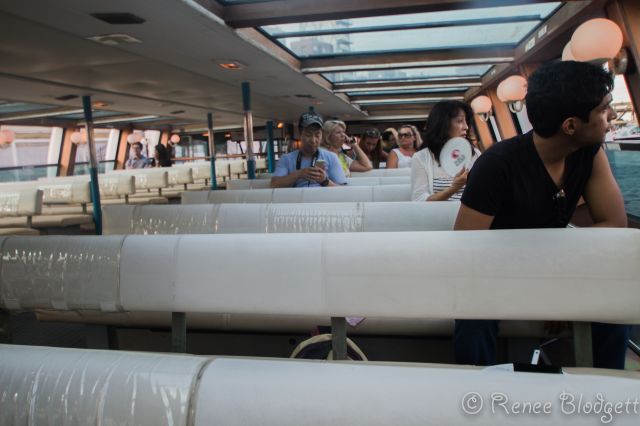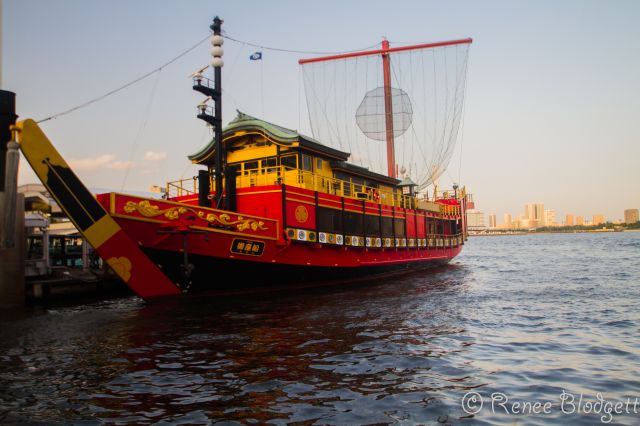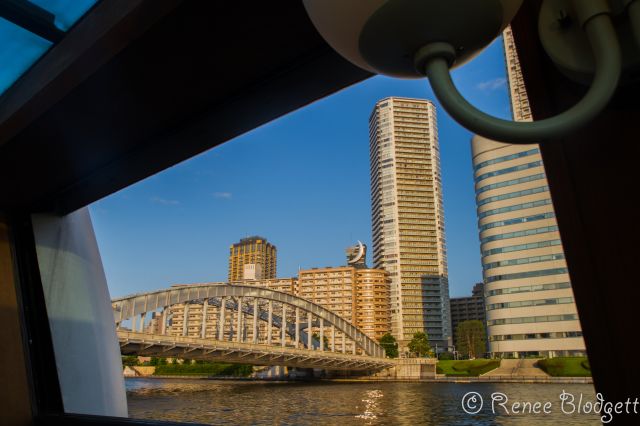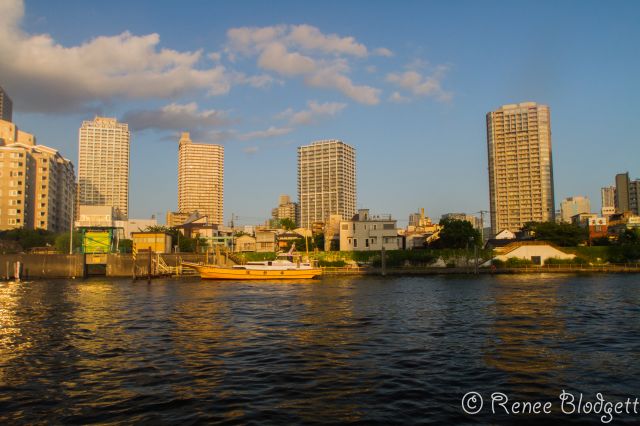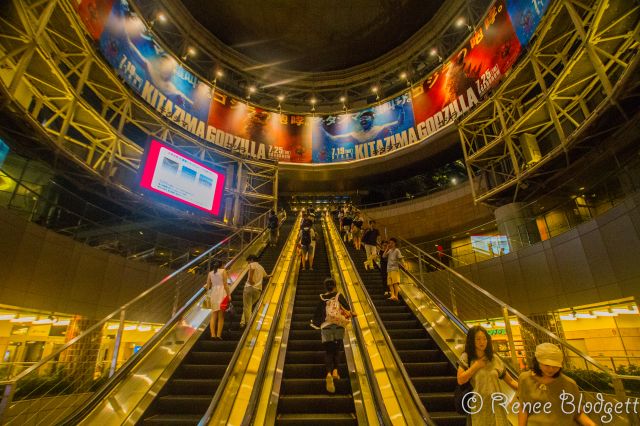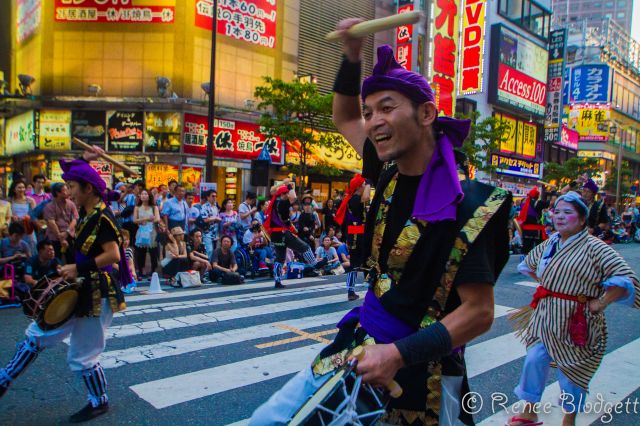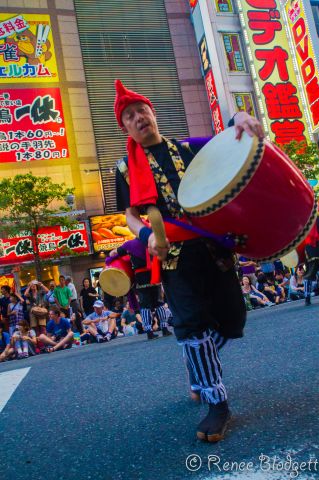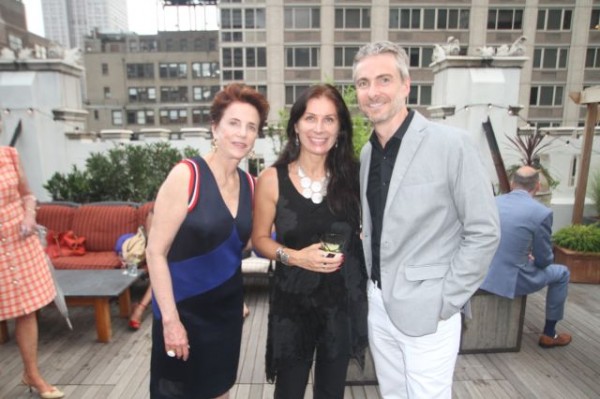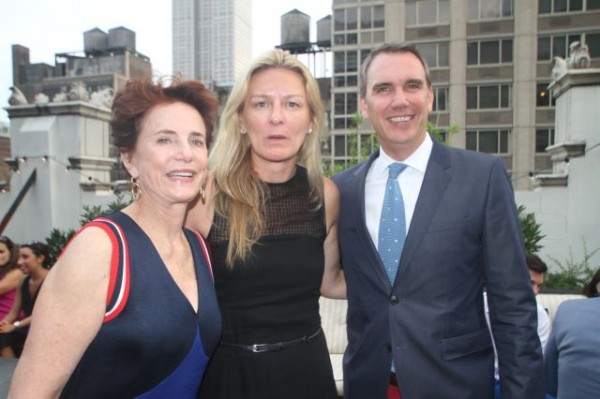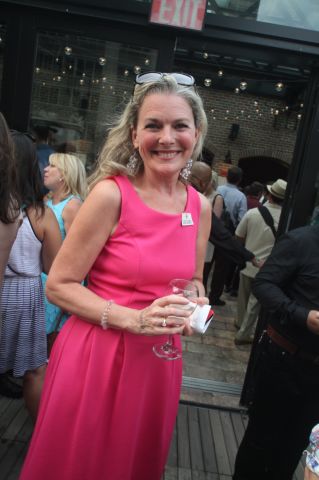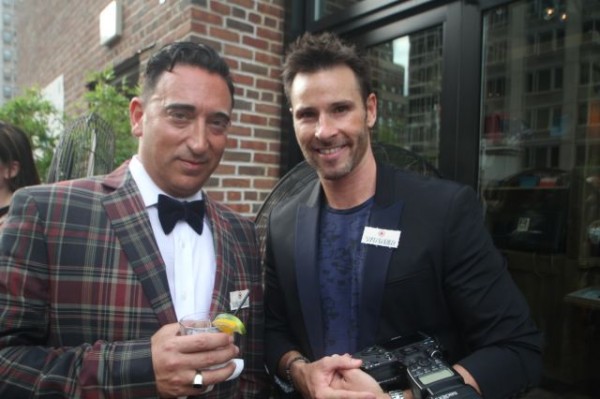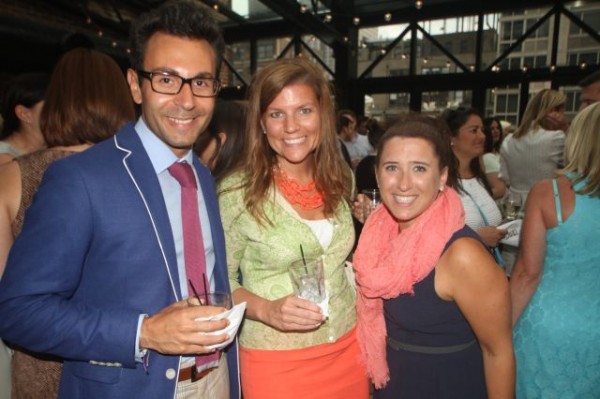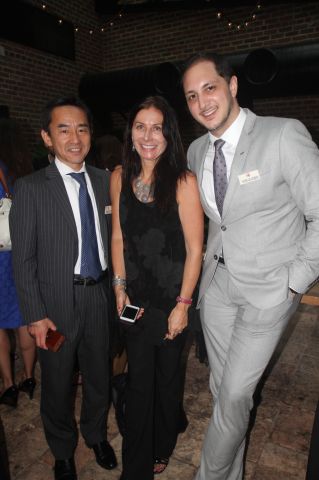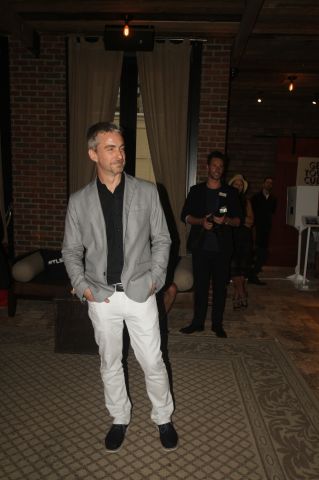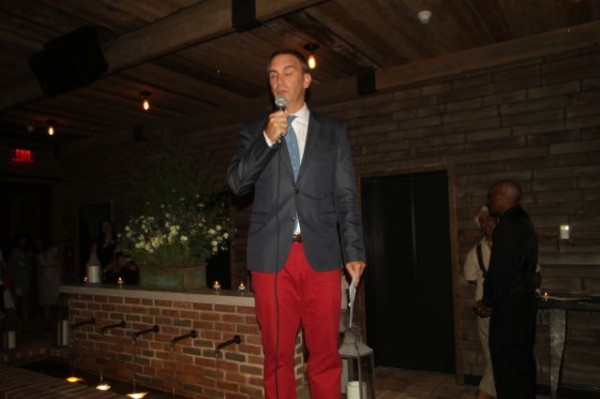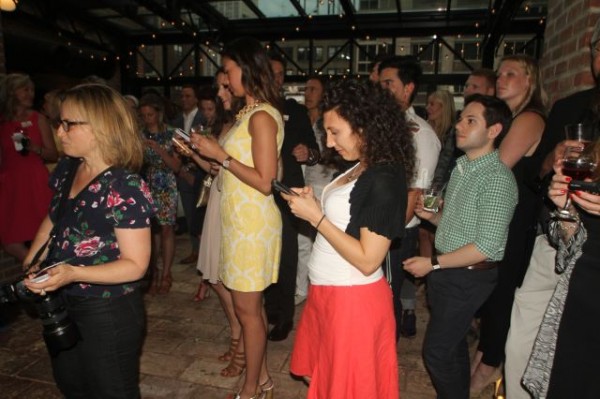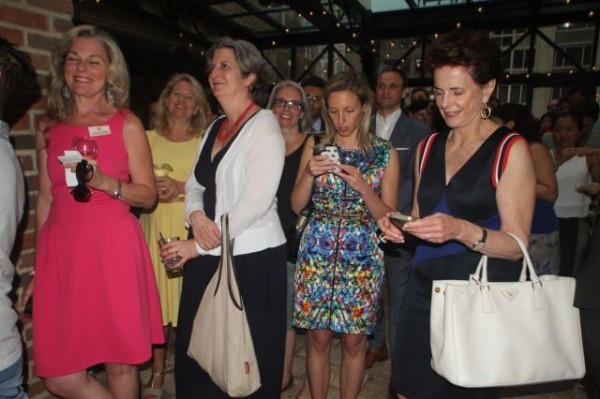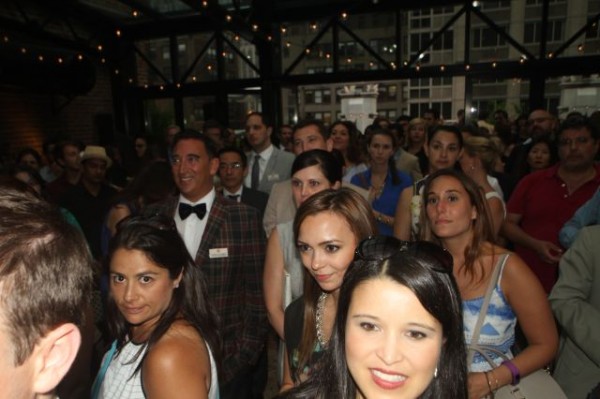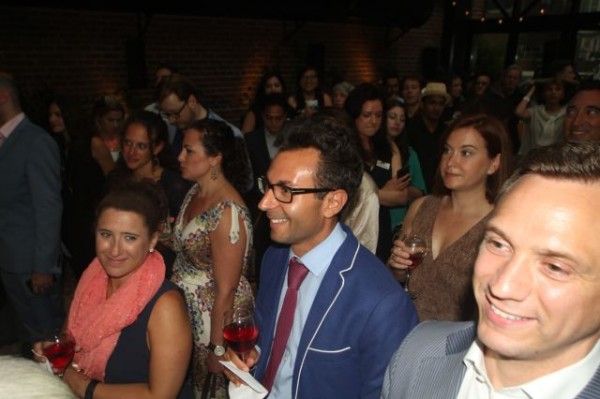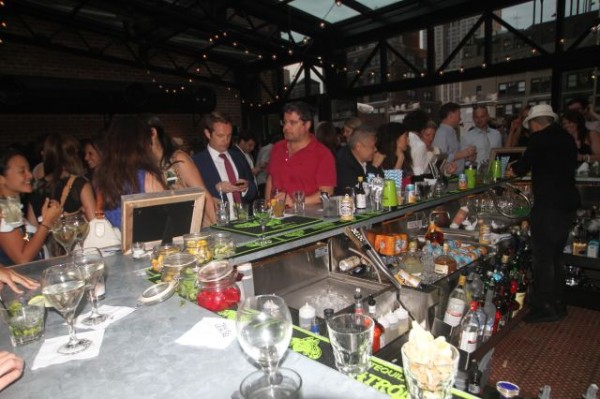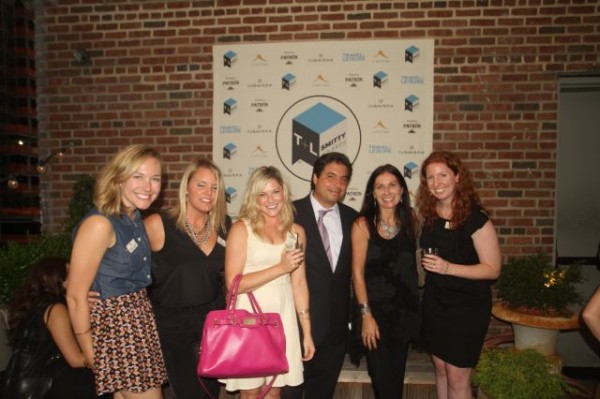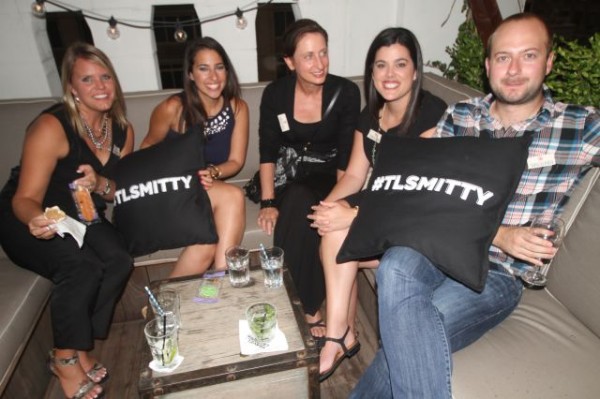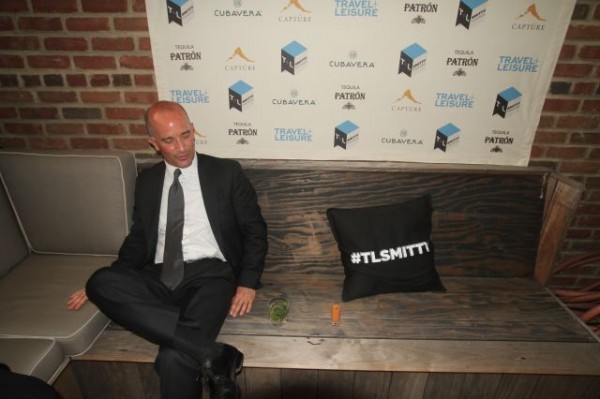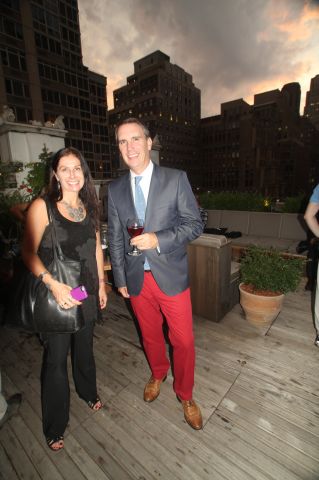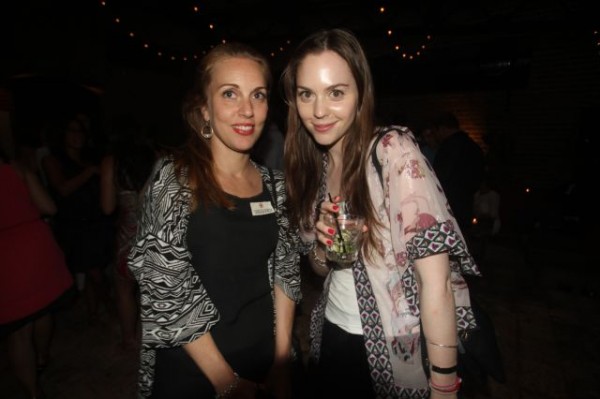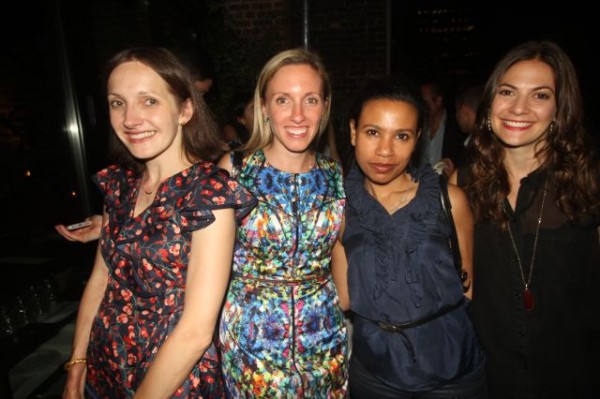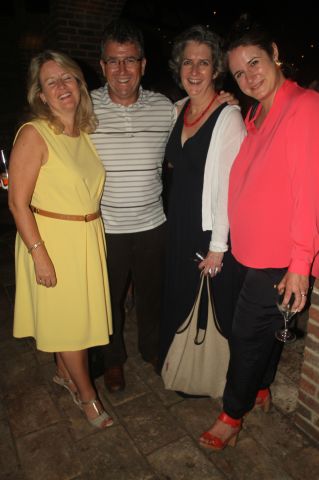SAND is such a great name for a conference and no, it doesn't hold that acronym because it's a travel conference that focuses on adventure in the sand. SAND stands for and is about all things that encompass Science and Nonduality.
The mission of SAND is to forge a new paradigm in spirituality, one that is not dictated by religious dogma, but based on timeless wisdom traditions of the world, informed by cutting-edge science, and grounded in direct experience.
I first attended the event two years ago (see my blog post from 2012), when it was held in Marin, just north of San Francisco. While they have an annual event in Europe as well, the U.S.-based event is always held in California.
This year, they headed south and set up shop for their nearly week long event at the Hayes Mansion on Edenvale Avenue in San Jose California, a resort which was once a lavish private estate.
People across continents and from all walks of life started flowing in on October 22 for this annual gem of an event. It was an entirely different vibe this year and I'm not sure if it was due to its extravagant venue choice, the fact that the quality of the content was even better or that I'm a little further along on my spiritual journey. My guess is that it's a combination of all three.
Surrounded by lush, emerald green lawns, accented with gardens of vibrant, colorful flowers and guarded by towering palm trees, the 100-year old mansion was transformed into a spiritual wonderland inside and out. Outside was an experiential oasis, which included a sound therapy tent run by Danny Goldberg (below).
Here, you could lie down and go into a deep hypnotic relaxation through a series of vibrational sounds. The sounds and vibrations of singing bowls, gongs and chimes guide us into a deep meditation, passing through our body and opening blockages while allowing our minds to quiet.
A wide range of ancient world traditions from Confucianism to the Pythagoreans’ claimed that sound could not only "tune the soul" but affect our cosmological & social worlds as well. I couldn't agree more – the experience was transformational.
Also outside was another relaxing technique in the form of a bed, a floating bed that is. The Floating Bed, a company started by John Huff, is mishmash of creativity, comfort and paradise. Says John, "not only is it great for a more relaxing and deeper sleep, but also useful for people with disabilities such as Autism, Autism Spectrum Disorder, PDD-NOS, Aspergers, Fragile X, ADD, ADHD and others.
Allowing the swinging bed to gently swing you back and forth while watching the world walk by, was a lovely way to spend a relaxing hour at the conference. I imagined where I could put such a contraption in my home and then remembered that I lived in a city. One can dream however, one can dream…
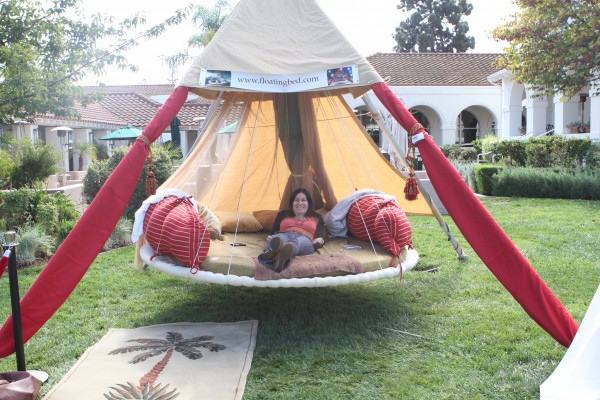 While the first time around, I tried to take in as many sessions as possible, this time I honored a more non-intentional flow. In other words, I didn't map out my agenda in advance nor did I make sure I had to attend every important talk by every renowned academic or yogi. I went with the flow and what my own bio-rhythm told me to do.
While the first time around, I tried to take in as many sessions as possible, this time I honored a more non-intentional flow. In other words, I didn't map out my agenda in advance nor did I make sure I had to attend every important talk by every renowned academic or yogi. I went with the flow and what my own bio-rhythm told me to do.
Using this approach, I met exactly who I was supposed to meet at the right time. By being as present as I could at every given moment despite the intellectual and spiritual eye and audio candy being thrown my way, the individuals I met, the experiences I had and the conversations that transpired along the way, were that much more powerful.
Being in your body as much as possible at an event like this is as important as digesting the data if not moreso, for it is through your body and spirit that you transform, not through your mind. From TransDance, yoga and meditation to art expression, RUMI poetry readings and Qigong with master Mingtong Gu, there were a number of ways you could experience mind/body immersion.
The community itself is what allows you to better process what you process during your SAND experience. Most of the people who attend could also be speakers, which is how profoundly interesting the attendees happen to be, alongside warm, authentic and soulful.
This is a community that spans religions or simply has none, however their core is central to the nonduality vision, which is to embrace a new integrative paradigm in which science and spirituality reenter into meaningful dialogue.
The idea is to authentically bridge an empirically responsible and non-dogmatic spirituality with a humanistic science willing to consider questions of context, perception, meaning and purpose. AND, that is precisely what happens at SAND….the melding of ideas across cultures and disciplines is discussed in hallways, in the bar, the experiential rooms, at the sessions, and over dinner.
In between the formal and structured content is quite frankly, is where the real magic happens at SAND. Below, co-founder Maurizio Benazzo talks about his own insights and inspiration for starting the event.
Imagine a conversation on healing the schism between science and spirituality while forging a new understanding of what it means to be human, with a professor of science, an emergency room doctor, a holistic healer, a film producer, a musician, a martial artist and a technology entrepreneur all within an hour.
Mind boggling is an understatement and within that boggling comes a little bit of chaos and confusion, all of which is designed to open you up to new possibilities and definitions of humanity as we currently understand it.
The result is a profound mashing of ideas through both heart and mind, allowing you to leave not just refreshed and re-centered but able to tackle the world around you in a much more compassionate way while leaving ego behind at the door.
The more you tap into the world of consciousness and interconnectedness, the more you are able to celebrate the mystery of life and the love that emanates from it, a far cry from seeing the world and the players on its stage as cynical, which is easy to do given how unconnected people around us seem to be on a daily basis.
Those who are some of the best in the world in helping you tap into your highest levels of consciousness showed up at SAND for the week, including the likes of Rupert Spira who led some of the morning meditation sessions — I loved his calmness and powerful presence.
Other session leaders, speakers and topics included Yasmin Bar-Dor on finding harmony in this moment, John Hagelin on entanglement, space-time wormholes and the brain, David Barash on biology and self as functions, Meriel Gold on the ground of being, John Prendergast on secrets of the heart, Richard Lang on seeing who you really are, Sally Kempton on Shakti and self awareness, Ellen Emmet on the awakening body and Gabor Mate on mind/body unity and the stress/disease connection — this was a powerful talk btw.
There was also Adam Hall on the polarity paradox, Stanly Klein on quantum mechanics and the entanglement of life (this went deep, so artists and right brain thinkers beware), Scott Kiloby on addiction, Paul Smit on enlightenment for lazy people, Edward Frenkel on mathematics as hidden reality, Swami Beyondananda on inter-spiritual nature and conscious agents, Donald Hoffman on entangling conscious agents, Nick Day on how movies and storytelling can connect us across time and space and Lothar Schafer on quantum reality and the spiritual mind.
And this my friends, is nowhere near an exhaustive list of the talent and pure energy I discovered at SAND this year.
Some of my Top Highlights:
- Judith Orloff who suggested that vulnerability is our deepest strength. She says, "being in fear makes you present." Check out radicalchoices.org.
- Coleman Barks and his beautiful RUMI poetry readings (below and my slightly cut off video of him speaking here).
Attendees who asked and challenged questions like:
- When you're practicing the passion of your life, you're not seeking, you're cultivating.
- What if we were free enough to be whatever we happen to be at any moment?
- What's key is being intimately honest and present with where you're and being okay with all of it regardless of what is going on.
Susanne Marie who suggests that Embodiment is never ending. (in the peach sweater below) She says, "the wholeness realizes there's a process going on. Know that nothing can be lost in that process. Step back from the experience and realize you are the space that everything is arising from.
The space itself is the whole and within that wholeness, that's all there is." On fear, she says, "one of the ways to deal with fear is to break it down into sensation.
Everything you're feeling is part of your own wisdom — your own wisdom, which is the purest kind. If we can get close to that fear, we'll suddenly notice an awareness of a piece of it that we define as fear and something else that we inherently already know.
That knowiness of what is allows us to step back from the fear while at the same time walking towards it. Once you walk towards it and rest with it, there's a reflective piece of it all that you just know. All experience is good. One piece of what I'm feeling is not any worse than another because it's all part of a greater force at work.
Fear is all of these aspects of emotion and none of it is separate from God. When you are truly there with that, fear is just a sensation, nothing more….and then you'll find that the fear dissipates." I loved her energy!!
Gary Weber, who talked about the necessity to upgrade our mental operating system. He says, "if we can change our thinking just how we did from flat earth to round earth, we stand a chance."
He described the challenges with our current problematic operating system and how to decrease your self-referential internal narrative, fears, and desires and function more clearly and effectively, operating in "now, now, now" from a place of peace, presence and stillness.
See his video on this topic, which has much of the same content as his SAND presentation. I love his style and his ability to nail the most fundamental obstacles that get in our way through humor and direct candor. More info at www.happiness-beyond-thought.com.
The Importance of Breath. So often, we are running around and don't think about how we're breathing, how shallow it is and how often we actually hold our breath without even realizing it. I discovered SPIRE, which is currently in beta. Below, founder Neema Moraveji gives me a demo.
Spire monitors and analyzes your breathing patterns in real time to show when you are focused, tense, or frazzled. Stress triggers the brain's 'fight or flight' response, causing elevated heart rate, muscle tension, and shallow breathing. Your breath connects to your brain through the longest cranial nerve, the vagus, to influence your body, brain, and state of mind.
Improving the way you breathe eases pressure on the heart and cultivates a 'rest and digest' response in the brain. Spire helps monitor this and gives you feedback in real time and over time so you can improve your breathing and therefore, your overall quality of your health and your life. Below is an interview I did with Neema. Have a listen.
Film – All About Nothing from directors Paul Smit and Robert van der Broek. I had an opportunity to speak to Robert briefly afterwards who came over from Holland for the event – I loved his energy, so be sure to watch out for the film in the U.S. More info on Robert's site at www.allesoverniets.nl.
Qigong with Master Mingtong Gu: in this very educational and yet completely in your body session, Mingtong Gu took us through the various meridian points of our bodies and as we went there, we focused, chanted and released, relaxing into our breath and into the presence moment.
Wisdom healing Qigong was credited as the most effective method of Qigong healing by the Chinese government in 1997. Its success lies in these six treasures, or golden keys as it is commonly referred to: Haola ("I AM"), Inner Smile ("I am LOVE"), Service ("I am Connected"), Trust ("I am Enough"), Chi Field ("I am a co-creator") and Practice ("I am NOW").
His teachings involve showing people how to get energy to flow more freely through movement, sound and mind visualization and meditation.
I also discovered another product, which isn't quite there yet for consumers given its $13K upward price tag, however could be a godsend for health practitioners and holistic healers. The brain child of Harry Massey and Peter Fraser, miHealth is a practical system for detecting the body's fields and correcting areas in the most need.
I tried this nifty device on site and sat with Todd Zimmerman from NES Health (the parent company) who walked me through the process, how it works and where it can be beneficial in both clinical and non-clinical worlds.
After placing my right hand on their non-invasive, clinically researched, handheld device, the miHealth system did the rest.
The combination of the connected device and powerful software produced a print-out of areas where I had blockages. This biofeedback allows practitioners to locate, unblock and release energy blockage in areas of the body. The idea is to see beyond symptoms and provide a more effective and targeted way to rejuvenate the body's energy by releasing energy blockages throughout.
From scientists, philosphers, physicists, spiritual healers, sufi and zen teachers, yogis, and anthropologists, to musicians, artists, film producers, academics and psychotherapists, the nondual conversation is a rich and rewarding one, for through all of it, there's a desire for oneness, something that if we were all to allow ourselves to go there, would be the most peaceful serene sensation we've ever known.
Through that level of personal transformation, we can transform people around us, including the planet. And, while on this path to a so called golden age for humanity, you'll found beauty, purpose and deeper understanding in the simplest of things.
Truly, the….simplest of things, the opposite of complexity, which is what we're getting hit with on a daily basis, one of the most dangerous ones being, digital information overload.

